“Oh, no!” said Bridgette. “I have onychorrhexis.”
Well, that sounds like a horrible malady. Poor Bridgette. How will she make it through the day?
In reality, as with many other 25-cent medical terms, onychorrhexis is a lot less horrific than you might think. Onychorrhexis is simply another word for ridged nails.
In most of my blog posts, I discuss a pathology. However, this condition is more aesthetic in nature. Even so, homeopathy is on our side.
So, let’s use homeopathy to build healthy nails, and simultaneously, we’ll make our nails look extra pretty.
Unsightly nail ridges
Ridged nails are often a natural variation in appearance. Often, we can’t identify a cause. Potential contributors to ridged nails can include poor nutrition, an underlying medical condition, the use of synthetic drugs, or something as common as an aggressive manicure that injures the cuticle.
My preferred homeopathic medicine for ridged, splitting nails is Silicea 6X, twice daily, for many months. (Think about how long it takes for new nails to grow out completely. Many months)
Silicea is considered for brittle, rough, ridged and damaged nails because it may potentially stimulate nail growth. Now, we’re NOT talking about nail fungus here. We’re talking about more of an aesthetic issue here, rather than a specific health pathology.
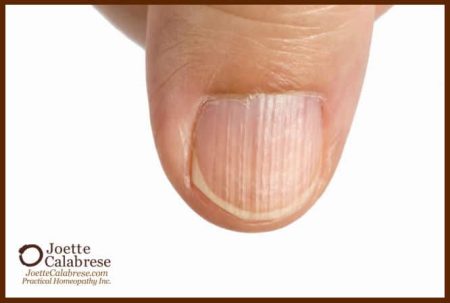
Silicea is a well-rounded homeopathic medicine for appearance issues. It’s also a great medicine for skin that's a bit dry or hair that's too thin. I’ve previously written about my experience with thinning hair, during which I used Equisetum mother tincture, commonly known as horsetail.
The botanical herb horsetail contains an abundance of silica, which is why I believe it works well for promoting hair growth.
“But won’t Silicea push things out of my body?”
Now, I know I’m going to get folks asking one particular question in the comments below. Because Silicea is utilized for removing foreign objects that are embedded in the skin, I often hear, “Well, I've had a hip replacement. I can't take Silicea,” or “I have a tooth implant. I can't take Silicea.”
I’ll admit I don't have a 100% guaranteed answer for that. However, in my experience, I have never observed a medically implanted object to be pushed out by the use of Silicea. The reason l've not experienced that in any of my cases is that Silicea is generally taken specifically for something sharp and embedded in the skin, not deeper than that (not a medically implanted device designed to integrate with the body).
When a foreign object impales the skin, it initiates a suppuration (the body’s natural reaction to eliminating something invasive) around the injury, around the sliver, the shard, the needle. Whatever it might be that's stuck in there, the body causes an infection-like reaction, making it hard, hot and red and pushing it out.
That's also the action of Silicea. It pushes foreign objects out of the skin.
Wrong medicine? Simply stop.
Now, let’s suppose someone has had, say, a hernia mesh implanted during a surgical repair. While utilizing Silicea, if they begin to feel a sensation inside the body around the area of the mesh (as though there's something going on), then, despite what my experience has been, it would behoove that person to simply stop. Just don't use the remedy any longer.
Generally, choosing the wrong remedy is easily corrected by simply stopping its use. There are no long-term, unknown ill effects to worry about. When the medicine is halted, generally speaking, the medicine stops, or it slows down and then comes to a halt.
Now, having said that, I've obviously not talked to every person in the world. I’m sure there is some individual who has thought that their filling came out after they started using Silicea. Was it the Silicea? Was it a coincidence? I can’t speak to an unobserved case with 100% certainty, so I can’t give an incontrovertible answer to a hypothetical. But I've never seen it. Doesn't mean it’s never happened. But I’ve never seen it.
If the sufferer feels that something's going awry, just stop. It's like the patient who says to their doctor, “Doc, every time I hit my head against the wall, it hurts.”
The doctor says, “Then, stop doing that.”
As a footnote, anytime you use a homeopathic medicine and have a concern that it may be causing a reaction that concerns you, my blog, Stop It, may be of use.

Healthy nails
Most days, I coat and rub my nails, cuticles and hands with tallow, lard, butter or coconut oil.
Our skin, as we all know, is the largest organ of our bodies. I believe we should never put anything on our skin that we wouldn’t put in our mouths! If I can’t eat it, I don’t use it on my skin.
In my next *Memo to Mighty Members, I’ll follow up on this topic with the homeopathic medicine I call upon for nails with a pathology, truly deformed, unsightly, yellowed nails or nails infected by fungus. Let’s allow homeopathy to transform those unsightly nails into healthy nails.
Pass on the good news of Practical Homeopathy®!
Warmly,
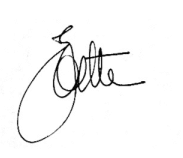
*If you’re not yet one of my Mighty Members, what are you waiting for? Join today, and receive all the benefits:
- Exclusive, extra time with me after every Monday Night Live.
- An extra blog post in the form of my weekly Memo to Mighty Members.
- An archive of all the previous Memos — 267 of them as of this writing.
- Mighty Musing videos twice a month, in which I teach you about conditions and remedies using observations from the masters.
- A private forum to connect with your new fellow Mighties.
- Free annual bonus gifts.
Come join us for the fun and stay for the education.


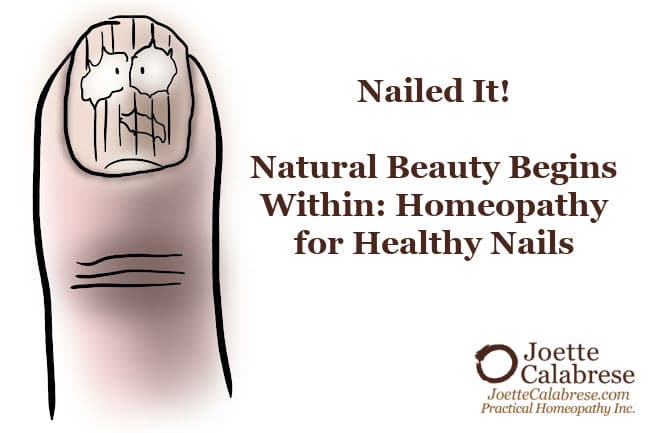
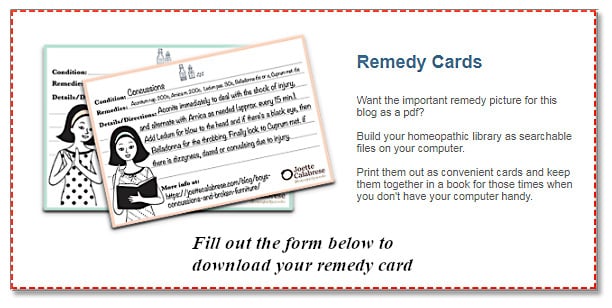
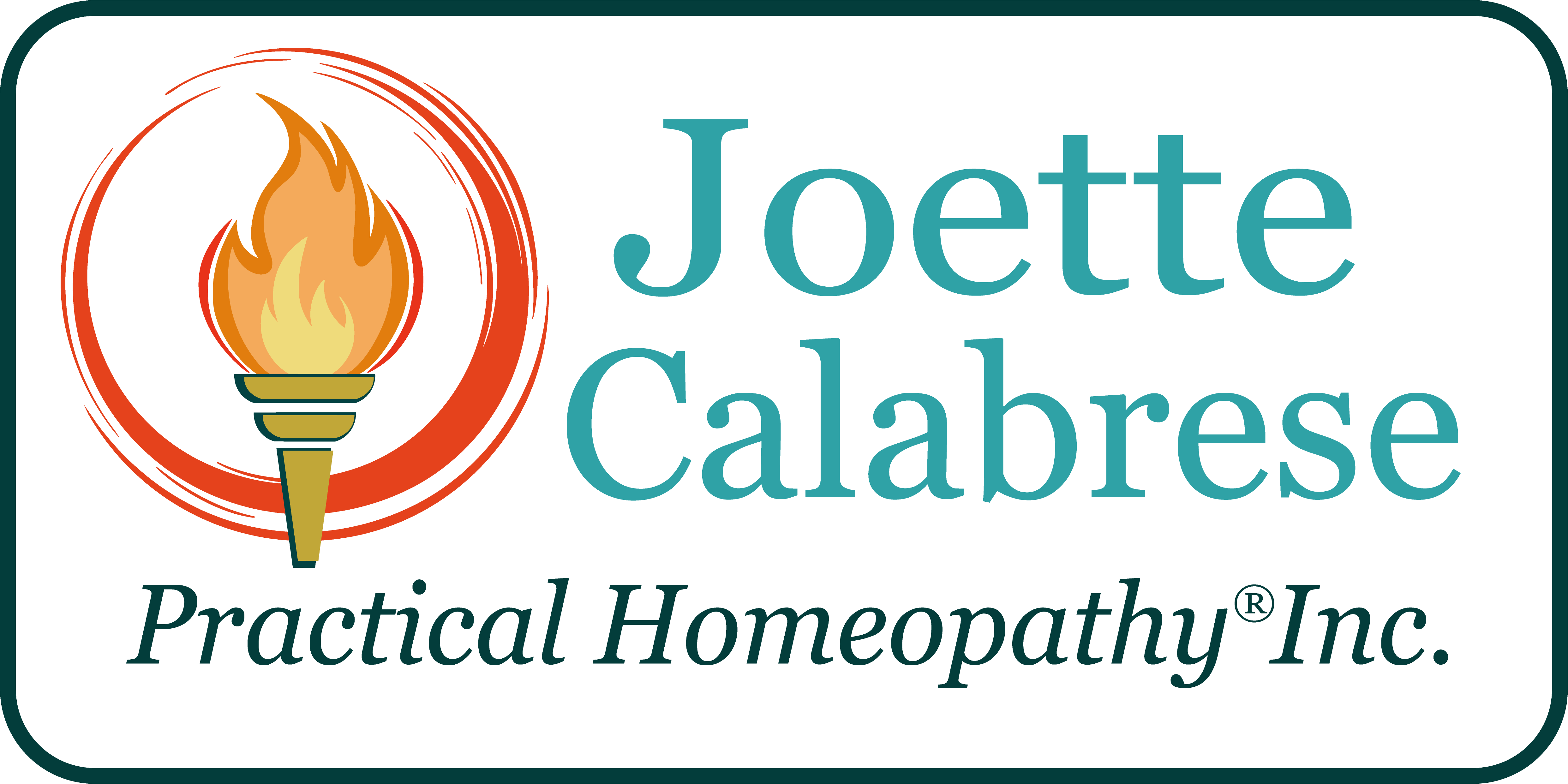
I tried to download your remedy card for nail problems and it says my information looks like spam. Can you correct this somehow and send that card I can print?
Sincerely,
Charles Little.
‘Working on it.
Try again in a few days.
Good afternoon. I’ve had this same problem since last year. I reported it at least twice. The problem remains. Oh, well.
This is not the only solution. It’s simply the most commonly used homeopathic for the condition. If you have a repertory, and you look up this condition, page 2343 in Robin Murphy’s 4th edition of the Meta Repertory, you’ll see that there are at least 12 medicines that may be considered in addition to what I discuss here.
My intention is to demonstrate that if you hope to depend on homeopathy, as I have done for the last 38 years you might want to delve deeply into this fascinating and freeing study.
It’s deliciously intellectual!
And most importantly, offers freedom from suffering.
Clicked on the link and thought, “I bet it’s silicea”.
Nailed it 🙂 I’m starting to “think like Joette”
Nice!
You’re funny, Jo.
When you say “twice daily,” do you mean to take three tablets—as recommended by Hyland’s on the 6x bottle that’s in the link you provide—twice daily, or do you have something else in mind? Another question about brands: do you prefer Hyland’s over other brands, thus the link you have here? Thanks much.
Hi Coco, (Great name!)
Twice daily means that a dose is taken 2 x per day and a dose is equal to the number of pills predetermined by the manufacturing pharmacy. In this case, Hylands.
And yes, I trust Hylands but I have confidence in certain other pharmacies as well.
The more time you spend on my blog, listen to my podcasts, join in my Monday Night Lives and in my social media platforms the more you’ll learn my philosophy regarding manufacturing pharmacies etc.
All free, by the way.